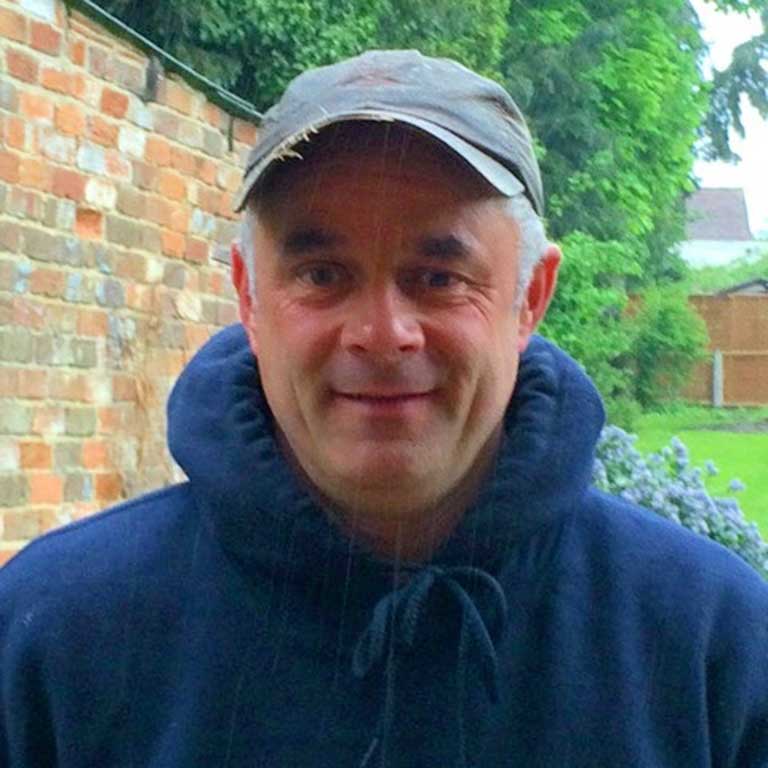Project Description
- Client: Mark Oldroyd
- Category: Machines

Treating grassland more as an arable crop was key
Driving a new approach in grassland management was key for farm manager Mark Oldroyd, and it certainly called for some innovative thinking.
Sherwood Farm near Wallingford, Oxford, sits on low lying Oxford clay/river alluvial soils near the river Thames, and is prone to flooding, run-off, erosion and poaching.
Mark knew that the pressure from farm stock and farm traffic was having a negative impact on his soils.
“The heavy trafficking from the 650 cow unit, and a similar numbers of followers, plus the machinery used on the farm to service these livestock, was starting to take its toll,” he says.
All cows are housed 365 days a year and are on a TMR ration, with some strip grazing through the growing season by the mid- to low-yielders. Two to three cuts of silage are also taken.
“Challenging margins from the dairy unit meant that we had to explore new ways of getting more from our leys, and get help to optimise yields and quality so we can use home-grown forage better, and become much less reliant on bought in feeds,” he explains.
Growing 1800 acres of winter wheat, winter and spring barley, winter oilseed rape, winter beans and 1000 acres of forage, half grass and half forage maize, Mark noticed that the amount of time spent on sub-soiling the arable land, when compared to that spent on the grassland, meant the forage areas were being largely neglected.
After some extensive research, Mark tried a Sumo GLS which, once working on the farm, immediately more than proved its value. “Anyone who is serious about growing good quality, productive, grass needs to try a GLS,” he says.
“Farmers really don’t realise how poor their grass is until they try one. It’s now one of the most important machines on the farm and it does a fantastic job”
Mark continues: “We’re also really impressed with the lawn-like appearance of the grass. It looks so healthy, and the cows grazed it much more tidily and consistently too.
“It was at this point we knew we had to fit a GLS into our machine replacement policy,” says Mark, who bought a five leg GLS with auto reset leg protection.
“We always look for machinery that’s well built, simple to use, and is going to stand the test of time,” he says, adding that Sumo meets all the criteria and it’s British too.
Being able to use the machine later in the growing season for the best soil shatter was another benefit, explains Mark, who saw that some fields that had gone down tight after being strip grazed needed some help.
“The GLS totally rejuvenated the grass allowing the ryegrass to flourish and stopping the clover from taking over. We could quickly see that the GLS is making a big difference in prolonging the usefulness and longevity of our leys, giving us more consistent yields over the full five years of a perennial ryegrass ley – and maybe beyond.”
Rather than losing yield year on year until you are forced to reseed – which is expensive, Mark is adamant that a ‘prevention rather than cure’ approach may mean over-seeding rather than total reseed in the future.
The GLS has been a life changer for the farm. “It helps to maintain our permanent grass, putting it in a healthier state for our heifers. It also allows better mineral uptake for the cows from the grass.
“Sherwood Farm will also be using the machine across the board on the maize and arable acres too.
“Owning a machine like this means we have the flexibility to use it as we need it. We won’t be using it on a rotational basis but, if there’s a sub-soiling need and a window of opportunity, we can get on at the right time.